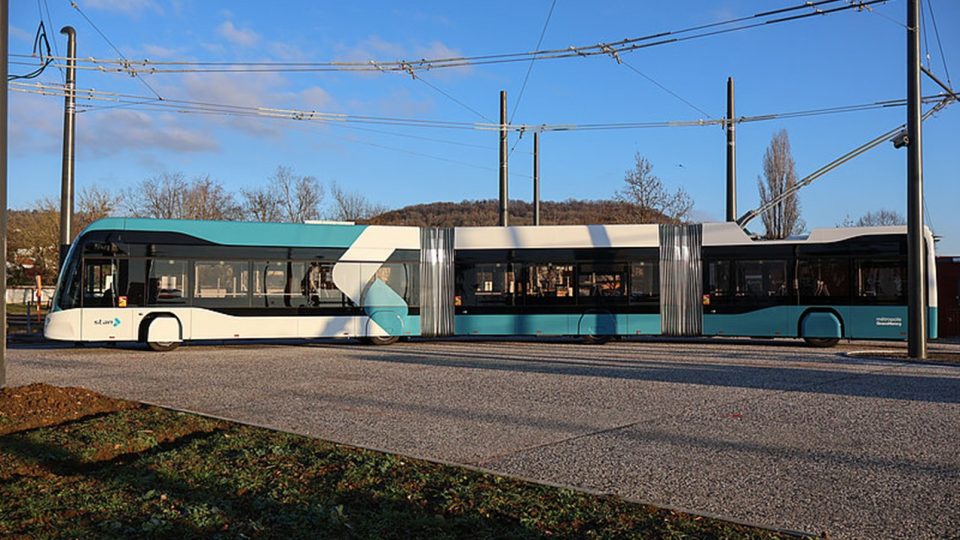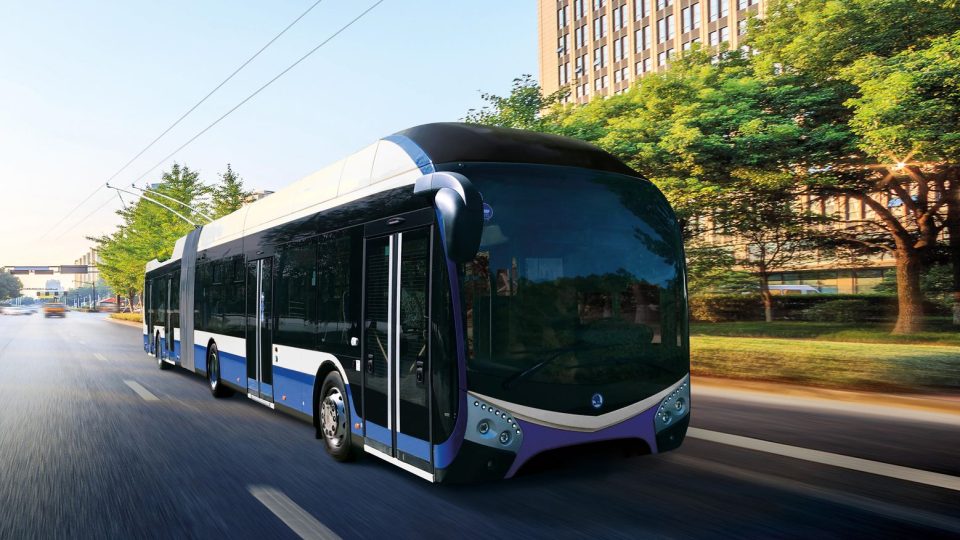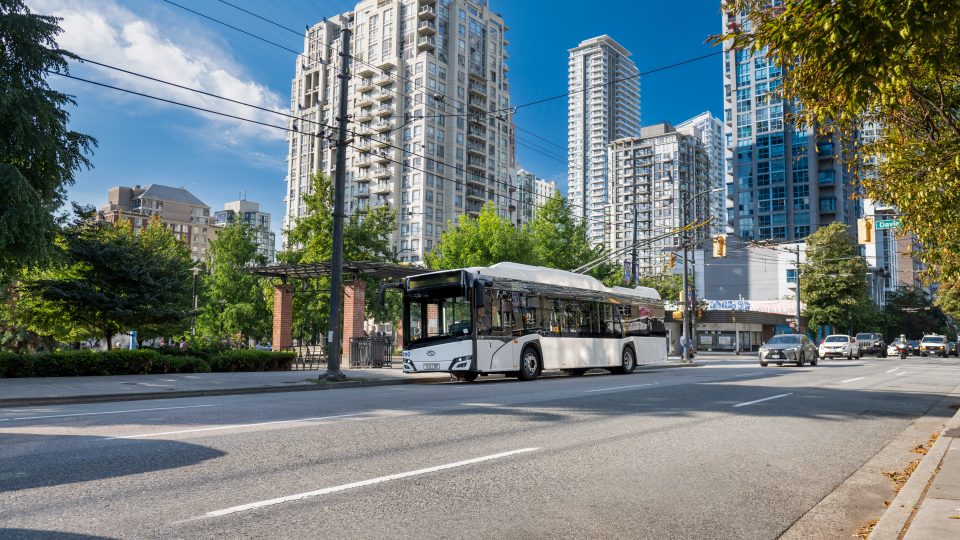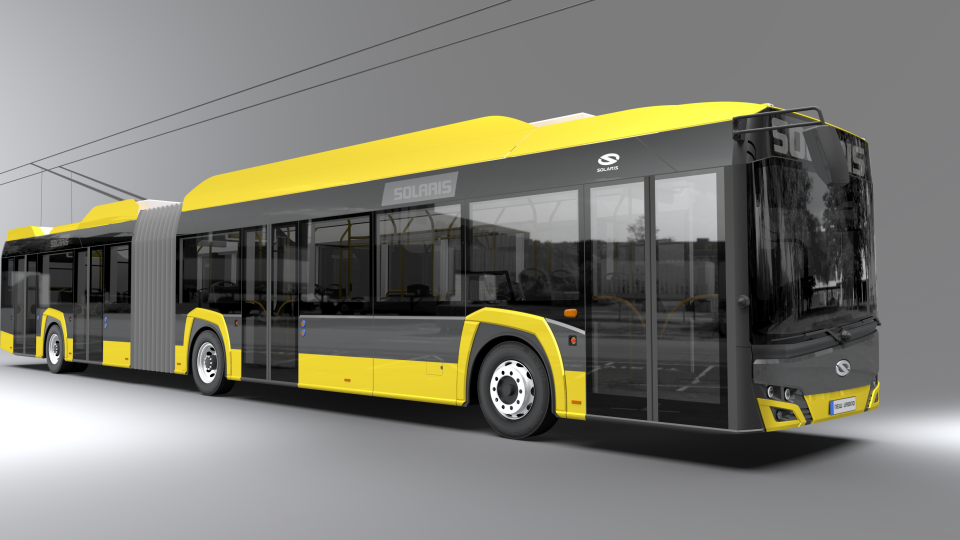New trams for Rome by Caf. From 2025, the year of the Jubilee
The year 2023 has brought good news for public transport in Rome. ATAC S.pA. has signed a contract with CAF for the supply of 40 new trams, with an option for another 81. The contract, signed on 21 December 2023, includes the design, maintenance of the rolling stock for five years, and spare parts. The […]
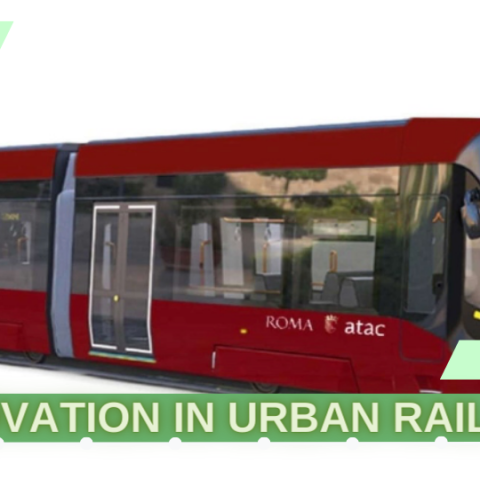
The year 2023 has brought good news for public transport in Rome. ATAC S.pA. has signed a contract with CAF for the supply of 40 new trams, with an option for another 81. The contract, signed on 21 December 2023, includes the design, maintenance of the rolling stock for five years, and spare parts. The value of the basic contract (the first supply of 40 cars) is over €130m, which could rise to over €400m if options are confirmed. Delivery of the first vehicle is expected in June 2025, and commissioning in early 2026, after the necessary testing phase of the prototype vehicle.
The trams belong to the tried-and-tested Urbos tram platform; more than 1,000 of them can be found in 50 cities in 20 different countries, on all continents. CAF has already provided 71 trains for Roman mobility in service on the A and B metro lines and on the Roma-Lido line.
Caf tram to Rome
The trams will be 33.5 m long and made up of five modules; they will have four doors for passengers to board and alight, they will be able to carry 215 passengers, 68 of whom will be seated and two disabled persons, and they will have all the features of the latest generation of trams: video surveillance, a low floor, access with platforms for the disabled, air conditioning, and low energy consumption systems. The vehicles will also be prepared for the OESS (On Board Energy Storage Systems), which will be equipped with batteries, necessary to be able to run some routes without catenary, while improving energy efficiency. The front bogie will be floating to cope with tighter turning radii. The livery will be red, already adopted for the newly acquired vehicles from 2013.
The trams are expected to be available for the new Termini-Venezia line, which is scheduled to open in 2026; however, their use is planned on all lines of the network, both the six currently in operation and future lines.
ATAC S.p.A., the public transport concessionaire for the Rome metropolitan area, wholly owned by the Municipality of Rome, is the largest urban transport company in Italy and one of the main operators in Europe. In addition to the tram network, it also controls Rome’s three metro lines, the suburban train and the urban bus and trolleybus lines that form the backbone of the city’s transport network.
Tram system in Rome
With the introduction of the new units, it will be possible to upgrade the current tramway rolling stock, which consists of around 150 cars, some of which still date back to the 1940s. The two-car 7000 series was infact delivered in 50 cars by Officine Stanga of Padua between 1947 and 1949; in 1980, the series was supplemented by the 8 cars of the 7100 series, which came from the unfortunately discontinued STEFER network and were completely similar to the 7000. Today, around 50 cars are still in service, which will be replaced by the new trams to be delivered in the future. Six vehicles will be refurbished for the Archeotram service and one will be preserved for museum purposes. The two restaurant trams 7021 and 7115 will probably be retained (the 7000 series had only odd numbers, reserved for trams, and so was the 1958 8000 series, now scrapped, while even numbers were reserved for trailers).
Today’s tram fleet is then made up of the 9000 series semi-tram cars, 33 of which were built by Socimi between 1990 and 1991, to which a further eight units were added in 2004. Completing the fleet are the 27 Cityway articulated trams of the 9100 series built by Fiat in 1998 and the 52 cars of the 9200 series, currently the most modern in circulation, equipped with a fully lowered floor, built between 1999 and 2000.
by Stefano Alfano


